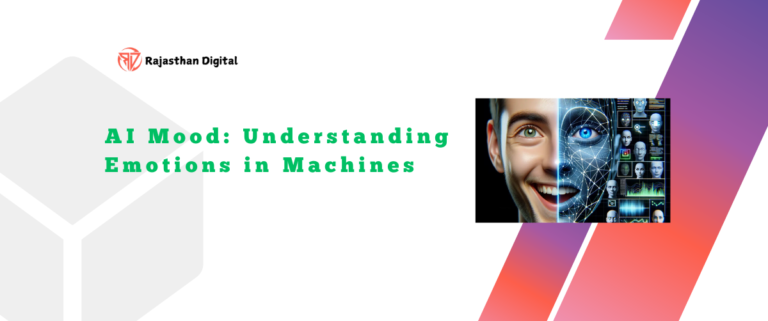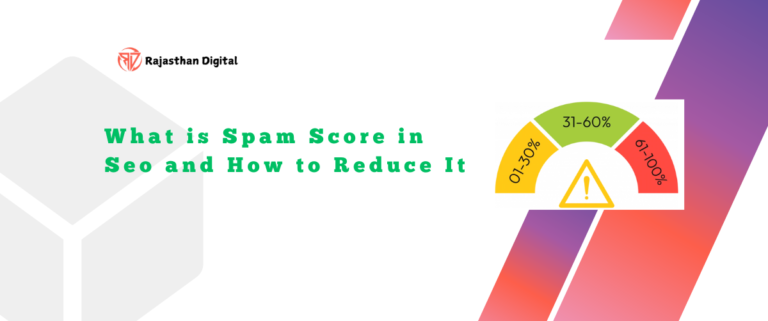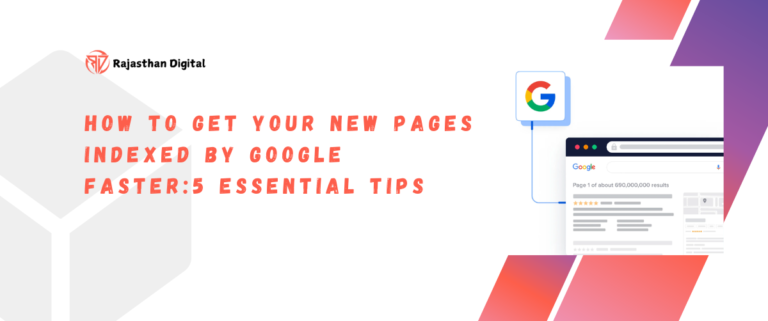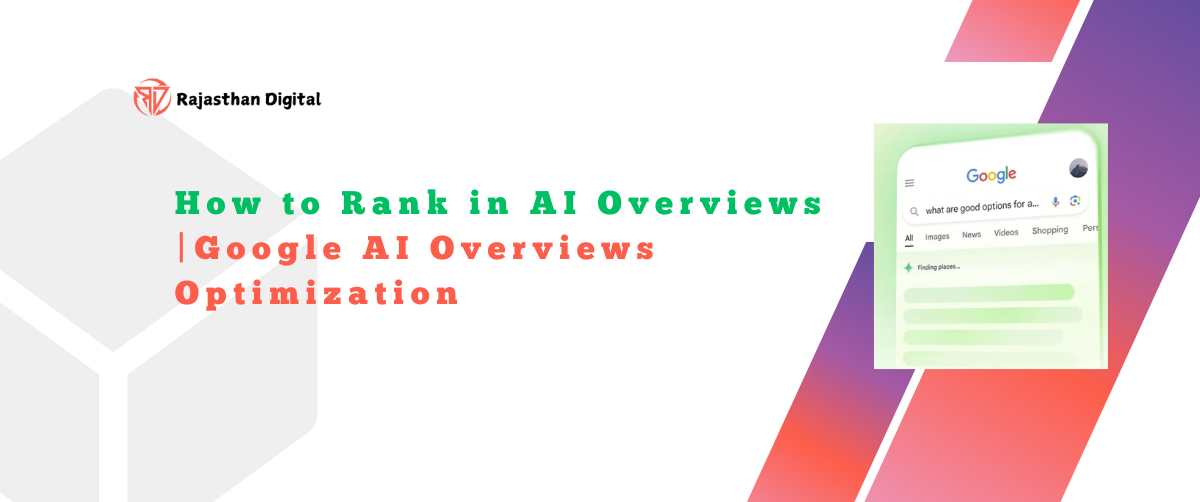In today’s rapidly evolving digital landscape, staying ahead of the competition means mastering the art of SEO and adapting to new technologies. One of the latest challenges for content creators and SEO professionals is ranking well in AI overviews. With Google’s ever-changing algorithms, leveraging artificial intelligence in SEO strategies has become essential for success. This blog will delve into how to rank in AI overviews, the importance of Google AI overviews optimization, and practical tips for AI overviews SEO.
Understanding AI Overviews and Their Importance

AI overviews are summaries generated by AI systems that provide concise insights into a particular subject. These overviews are often featured in search results and play a crucial role in determining which content gets seen by users. As Google continues to incorporate more AI technologies into its search functions, ranking high in these overviews has become a vital aspect of any SEO strategy.
The challenge lies in optimizing content so that it ranks not just in traditional search engine results pages (SERPs), but also in AI-generated summaries. With Google’s AI continuously improving its ability to parse and understand natural language, content that is structured and optimized to appeal to these systems will have a better chance of ranking.
Google is using 3 elements to make the AI overview.
- Google’s own knowledge vault.
- Google’s ranking factors.
- Google’s Gemini.
1. Knowledge Vault
The Google Knowledge Vault is a system that gathers and organizes information about entities (people, places, things) from across the internet, building a connected web of knowledge. Unlike Google’s search index, which stores copies of web pages, the Knowledge Vault saves the information itself and links it to other related entities.
The Knowledge Vault is integral to Google’s AI capabilities because it contains vast amounts of information about entities, and it helps Google understand the relationships between them. As such, optimizing content to trigger the Knowledge Vault’s elements can improve search visibility. For example, if you write about a famous city like Delhi or a well-known politician, Google’s Knowledge Vault already has information about these entities.
- Google can use the knowledge vault as the base for its AI overview. Because it already has information about crores of people, places, and things. So, it’s a good starting point in itself. If you want Google to better understand the content of your page and the elements of the knowledge vault to be triggered, you can optimize the content of your page.
- External links improve your content’s relevance and authority. Instead of linking to Wikipedia, use Wikidata, an open-source library that provides structured, verified information used by Google’s knowledge vault.
How to Use Wikidata Links:
Visit Wikidata and search for your topic, e.g., “Delhi city.”
Copy the URL of the relevant page.
Link your keyword (e.g., Delhi) to this URL.
Wikidata links enhance your SEO by directly connecting your content to reliable, primary sources, improving credibility and rankings.
2. Google’s Ranking Factors
When it comes to achieving higher rankings on Google, understanding its ranking signals is crucial. Google uses a combination of ranking signals—criteria that determine where your website or page appears in search results. While there are over 200 ranking signals in total, Google has officially disclosed only 19 core ranking factors that play a vital role in website optimization.
What Are Google’s Ranking Signals?
Google’s ranking signals are specific parameters it evaluates to rank web pages. These signals assess the quality, relevance, and user experience of your website. Not all ranking signals are used simultaneously; Google selects a few based on the context of the search query and the type of content being evaluated.
The Role of the 19 Official Ranking Signals
To feature your website in Google’s AI overview or secure higher search engine rankings, it is essential to focus on these 19 disclosed ranking factors. They form the foundation of Google’s evaluation process. Some examples might include content quality, mobile usability, page speed, and backlinks, though the specific 19 are not all publicly detailed by Google.
| BERT | Crisis Information System | Deduplication System | Exact Match Domain System | Freshness System |
| Helpful Content System | Link Analysis System | Page Rank System | Local News System | MUM |
| Neural Matching System | Original Content System | Removal-Based Demotion System | Page Experience System | Passage Ranking System |
| Product Review System / Rank Brain | Reliable Information System | Site Diversity System | Spam Detection System |
3. Google’s Gemini
Let’s move on to the third point, which is Google’s Gemini.
Google’s Gemini is an AI model that helps Google understand information. The first point, the knowledge vault, forms the base for Google’s AI system. The second point is Google’s ranking signal, which looks at the top 10 websites on page 1 and matches their content with the information in the knowledge vault.
This matching and understanding are done by Google’s Gemini. It analyzes the user’s search query, the information in the knowledge vault, and the latest content from the top-ranked websites. By doing this, it provides the most relevant answer, combining both the solid knowledge from the vault and the updated website information. Finally, it presents the best answer to users.







